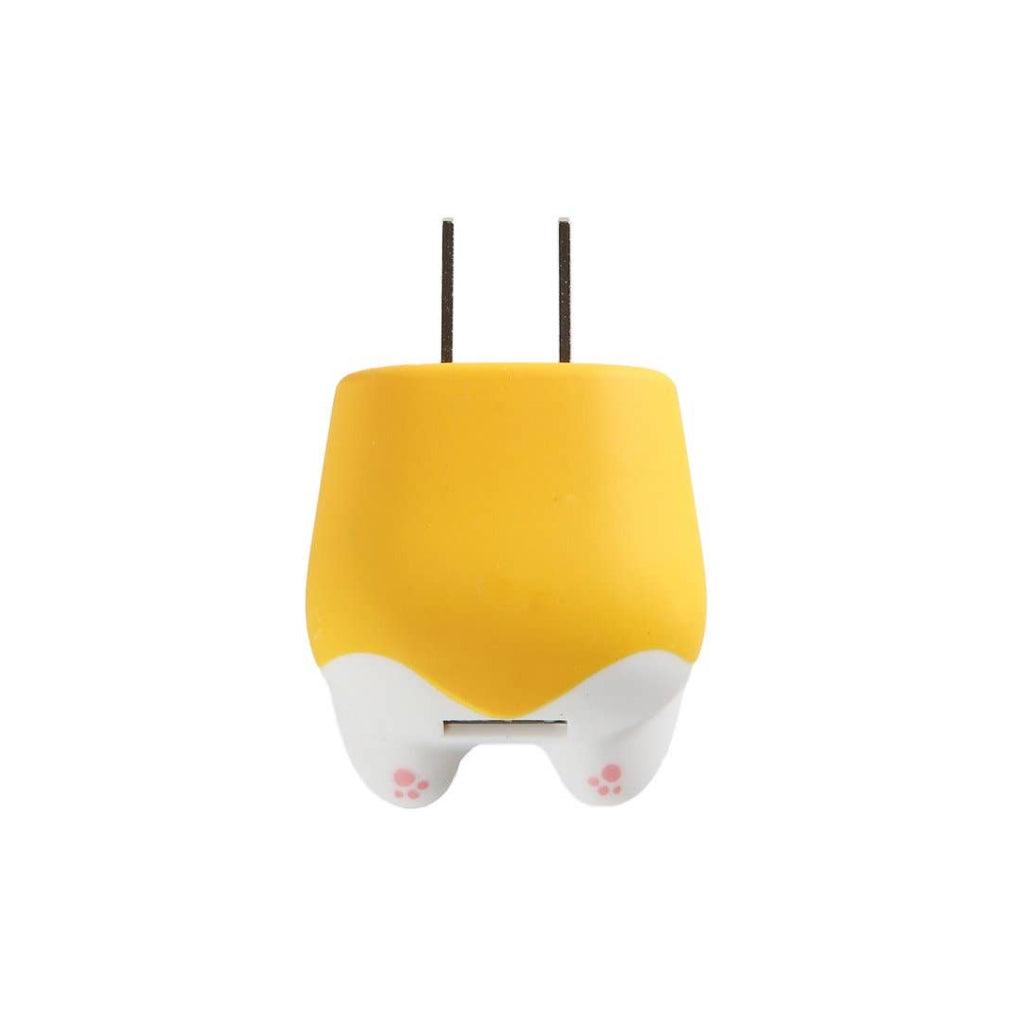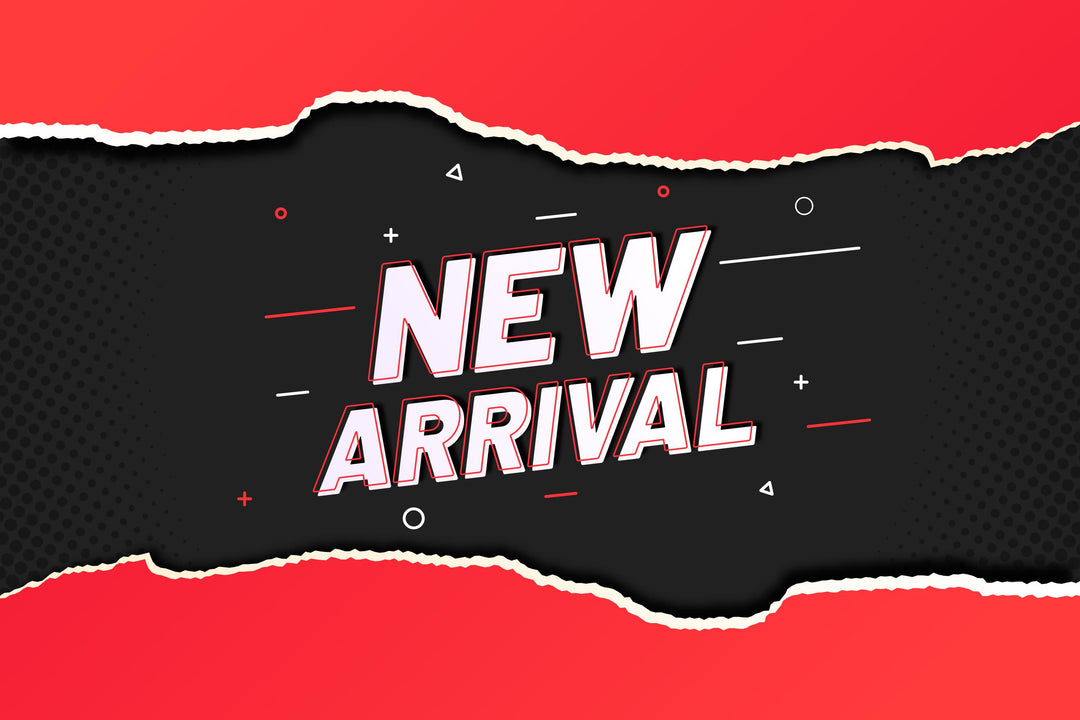Importance of Bike Helmets: Finding the Right Fit
The helmet should fit properly to your child's head, with all the padding in place. The chin strap should be buckled but not too tight.
A bicycle helmet must fit on your child's head without tipping back. It may feel a little tight when your child first puts it on, but after 10 or 20 minutes of riding, helmets are designed to fit more loosely as they adjust to body heat.
Standard benefits:
- Protect your child's most important asset: Bicycle helmets are vital because they protect your child's head. The helmet should fit snugly and not be too loose. The chin strap should be tight but not too close.
- Decrease the risk of injury or death from a crash: Helmets can help decrease the risk of injury or death.
- Promote helmet safety: Children need to feel comfortable with their helmets, and you can help encourage safe helmet habits by modeling good behavior.

Emotional benefits:
- Teach your child to take care of themselves and be responsible for their safety.
- Teach your child that helmets aren't cool.
- Show that you are committed to keeping your child safe.
- Letting your child have input on their helmet can help they feel more involved in the process, increasing their compliance with wearing it.
Reinforcing consequences:
- Children learn by consequences. If they do not wear a bike helmet when biking or if they take off their bike helmet when riding scooters, biking, or skating in skate parks around others, children should suffer the consequences of not being able to ride at all for a period that equals twice as long as they went without wearing or following the rules about wearing their bike helmet before. It will teach them how it is to follow safety precautions.
- Give them a sense of security they can't find anywhere else.
Helmets Protect Your Head:
A bike helmet is vital to wear on your head when biking! It keeps your head from crashing from the ground and hurting you.
If you wear a bike helmet and go fast, it will keep your head safe and not break it. Sometimes people say that bike helmets aren't good for you but don't listen to them because wearing a bike helmet can save lives!
Helmets Protect From Bad Weather:
If you wear a bike helmet in the rain, at least your head will be safe. In addition, your hair will not get wet if you wear a bike helmet because rain does not go through the holes in the cover on the top of the helmet. So even though your body is probably getting wet from rain hitting it, at least your head will be safe and dry!
If you don't wear a bike helmet when it's raining, your lead might get wet. It can make you sick or give you an earache.
Helmets Help You Be Safe:
Wearing a bike helmet keeps you safe while biking around people's things so that you won't crash into them. That way, no one gets hurt by any accidents you're having with bikes!
If someone had an accident with their bike or something big came.
Why should we wear a helmet?

Because when you ride a bike, the ground is close to your head. You want something on your head to protect it, in case you fall (or in case an errant driver opens her car door in your path). Because helmets are designed to protect against impact, they can also prevent or lessen the severity of other injuries like concussions. So even if you're not hit in the head when you fall, the helmet might help. And because studies show that helmets reduce the risk of severe injury and death associated with bicycle crashes for adults and kids.
If your child's helmet doesn't fit correctly, it won't work effectively to protect their head during a fall. A poorly fitted helmet will be more likely to fly off during a tumble, leaving children without protection.
A few guidelines on choosing a helmet:
- It should have an outer shell, inner protective foam liner, and a chin strap.
- Look for the Consumer Product Safety Commission (CPSC) the sticker inside; that means that the helmet meets federal safety standards. Helmets with other stickers may not meet those standards. If there isn't a CPSC a sticker inside, don't buy it…
- Replace any helmet that has been in an accident or shows signs of wear.
- Make sure your child's helmet fits now; make allowances for growth only if you can adjust the straps to accommodate future changes in head size.
- A final note—a bicycle is only as good as its rider, so make sure your child practices safe riding techniques like looking for cars before entering traffic, stopping at all stop signs, and riding only on streets with lower speed limits.
When should you replace a helmet?
You should replace a helmet if it's been in an accident, is old, or doesn't fit snugly. In addition, you should purchase a new helmet after any significant blow to the head or face, no matter how slight. For example, a hard fall on the pavement can cause enough damage that you don't want to take any chances with your child's head.
What if my child won't wear a helmet?
What if your child won't wear a helmet? It is a tricky question. You want to make sure that your child is safe, but it might be hard to find a way for them to wear their helmet. Maybe you can find a friend from school who also rides bikes and takes the same route as yours. Then they could wear their helmets together, and your child would feel safer because they would have someone else there with them. Or, if you're going somewhere far away on the bike, maybe you could ask someone at the place where you're going if they will watch out for cars so that your child can ride his bike wherever he wants safely.
What happens if my child doesn't wear a helmet?

What happens if your child doesn't wear a helmet? Unfortunately, it can be dangerous. It's scary to see kids riding without helmets because they could hurt themselves, and you wouldn't want anyone else to run into them either. The good idea is to keep reminding your children that helmets are essential and that wearing one would save their lives.
What else can be done to Encourage helmet use?
You can do other things to encourage your child to wear a helmet when riding their bike. One is to have them wear a helmet with a friend who is also riding their bike. That way, they will feel safer. You can also remind them how important it is to wear a helmet and that it could save their lives if they fall off their bike. You can also tell them that if they are wearing a helmet, you are more likely to let them ride their bike farther away from where they live to have room to explore.
Can bicycle helmets be worn for Head protection in other sports?
Yes, bicycle helmets use for protection in other sports. For example, helmets with a bike helmet design also come in handy for snowboarding and skiing. In addition, you can find helmets that work well for football, ice hockey, and baseball. And if you're looking for an inexpensive head protector, many of these helmets will do the trick.







